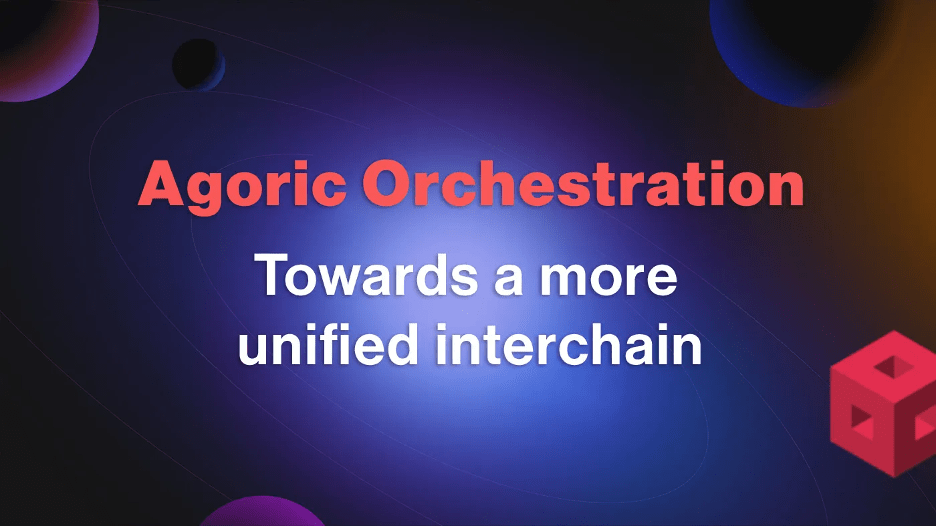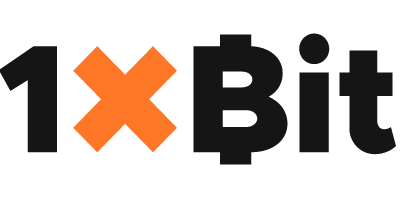Reason to trust

How Our News is Made
Strict editorial policy that focuses on accuracy, relevance, and impartiality
Ad discliamer
Morbi pretium leo et nisl aliquam mollis. Quisque arcu lorem, ultricies quis pellentesque nec, ullamcorper eu odio.
Can you pronounce “Interoperability”? It’s one of those Blockchain buzzwords that we constantly hear but may not say aloud as often. Blockchain interoperability refers to using features across different blockchains, which facilitates asset transfer and transaction speed.
One project achieving this is Agoric and its token, BLD. Why do cross-chain solutions matter? And how does BLD contribute to this future? Keep reading to discover how BLD plays an important role in Agoric’s ecosystem.
Exploring BLD’s Role in Agoric’s Vision
Blockchain technology has struggled to achieve seamless interoperability. This is where cross-chain solutions came in to improve asset transfers and interactions. Cross-chain solutions enable different blockchain networks to communicate, much like how international banking systems interact to facilitate global trade. Thereby boosting efficiency, decentralization, and security.
Agoric, a proof-of-stake blockchain platform, employs JavaScript for smart contract development, with BLD as its native token. BLD plays an important role in Agoric’s ecosystem, serving as both a governance and utility token. Its integration enables efficient communication and data exchange between different blockchains, improving network security and promoting a cohesive ecosystem.
In addition to BLD, the IST token complements Agoric’s ecosystem as the native fee token, facilitating transactions and network operations. IST is an over-collateralized, risk-managed stable token, and together with BLD contributes to a stable and scalable economy within Agoric, offering users opportunities to participate in cross-chain DeFi and earn rewards for staking.
How Agoric’s BLD promotes interoperability

Agoric integrates a network of interconnected blockchains known as the Cosmos ecosystem. This integration allows developers to tap into a wealth of data and services across different blockchains, thus enhancing the functionality of Agoric-powered decentralized applications (dApps) and facilitating cross-chain communication.
Additionally, Agoric collaborates with other blockchain projects and platforms to boost its interoperability capabilities. For example, partnerships with projects like Babylon Chain and Chainlink expand Agoric’s reach and ecosystem functionality.
The platform also tackles interoperability through innovations. One such innovation is Agoric Orchestration, which is a developer’s dream come true. This comprehensive framework simplifies the development of complex multi-chain applications and allows smooth interaction between different blockchain protocols, smart contracts, and assets for cross-chain transactions.
BLD’s technology supports async/await functionality and multi-block execution, which enables smart contracts to persist and respond to cross-chain actions. This innovation simplifies programming, enhances interoperability across decentralized networks, and creates new opportunities to build applications with richer features.
Impact on Bridging Diverse Blockchain Networks
BLD’s integration into Agoric’s cross-chain solutions significantly bridges disparate blockchains. Through a common interface for communication and interaction, BLD enables interoperability between blockchains that would otherwise operate in isolation.
BLD’s integration breaks down entry barriers for developers and invites them to build decentralized applications (dApps) that interact with multiple blockchains simultaneously.
Insights into BLD tokenomics
BLD’s tokenomics incentivize network participation and growth through staking rewards and governance participation. As of Q2 2024, the circulating supply stands at 657.93 million BLD, out of a total supply of over 1 billion BLD tokens.
Holders of BLD tokens can stake their tokens to validate transactions, participate in governance decisions, and earn staking rewards. These rewards are distributed proportionally based on the amount of BLD tokens staked and the duration of the stake.
Furthermore, BLD and IST tokenomics are intertwined in a way that enhances the value proposition of both tokens. For instance, BLD tokens can be used as collateral to mint IST tokens, which provides liquidity to the IST stablecoin while also allowing users to leverage their BLD holdings.
IST’s peg to the US dollar ensures relative stability compared to other cryptocurrencies. This stability makes IST an attractive medium of exchange and store of value within Agoric’s ecosystem, especially for users who prefer to mitigate the risks of price fluctuations.
Advantages of Interoperability
In Agoric’s ecosystem, interoperability boosts efficiency, scalability, and the user experience in decentralized applications (dApps). For users and developers, it means smooth access to diverse assets and services without platform restrictions.
Developers can swiftly integrate third-party services to create versatile and feature-rich dApps without reinventing the wheel every time.
Businesses can streamline operations, cut costs, and expand market reach by leveraging interconnected blockchains.
How cross-chain solutions enhance dApps powered by Agoric
Cross-chain solutions empower dApps in Agoric’s ecosystem by enabling seamless asset transfers and interactions. This streamlined process improves efficiency, scalability, and user experience, reduces transaction time, and accommodates higher volumes without sacrificing performance.
With Agoric’s interoperability, you can optimize financial strategies, manage assets effectively, explore new investment opportunities, and enjoy an enhanced overall ecosystem experience.
Challenges and future outlook
Despite its potential, achieving widespread blockchain interoperability presents challenges such as integrating diverse networks with unique protocols and navigating regulatory compliance.
Agoric addresses these challenges by developing solutions to bridge interoperability gaps and promote open standards like the Inter-Blockchain Communication (IBC) protocol, while ensuring compliance with evolving regulatory frameworks.
Despite challenges, Agoric’s future looks promising, with initiatives like Agoric Orchestration streamlining smart contract development and enhancing interoperability. Agoric’s roadmap includes integrating BLD into additional DeFi protocols and expanding its use cases within the ecosystem. This is likely to increase its utility and adoption of the Agoric ecosystem, which in turn can influence the demand for and value proposition of the BLD token.
Conclusion
BLD is central to Agoric’s mission of bridging blockchain networks and uniting markets. Agoric’s strategic initiatives position it well to unlock the full potential of blockchain interoperability and drive innovation in decentralized finance. As Agoric grows, so does the role of BLD. It’s exciting to see where it goes from here.

















